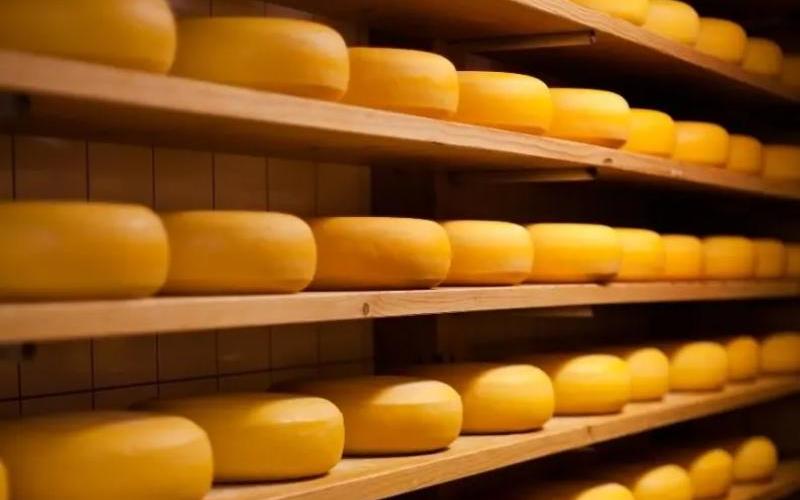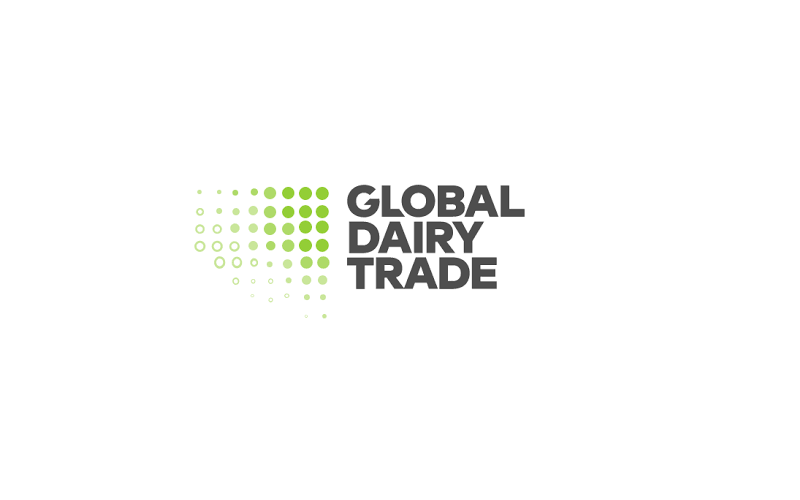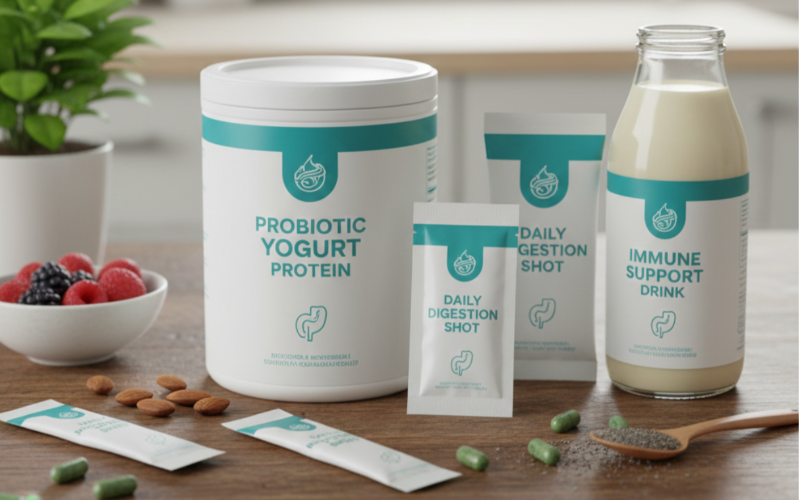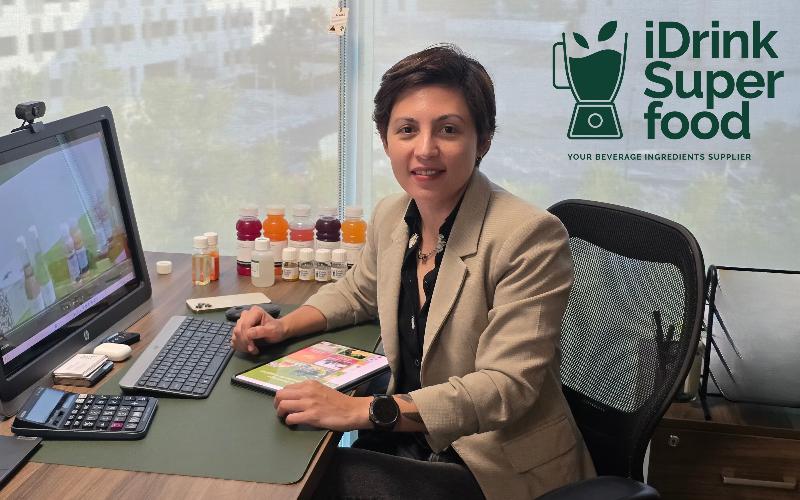US Dairy Herd Rises by 1.6%: New Cheese Capacity Alters Markets
Sourse: dairynews.today
New US cheese plants drive 3.7% Q2 production growth, adding 146,000 cows to the national herd, while prices hold steady amid increasing supply.

The U.S. dairy market is experiencing a significant transformation as new cheese processing capacities announced in recent years are coming online in 2025. Despite initial concerns about potential price collapses due to this surge in supply, the data from the first half of 2025 presents a nuanced picture. The expansion has primarily affected regional milk production and inventory levels rather than causing a pricing crash. Over the past year, dairy farmers have expanded their operations, adding 146,000 cows—a 1.6% increase—with Texas, Kansas, and South Dakota being the primary contributors.
Cheese production has accelerated, with a 3.7% growth reported in Q2 2025, especially for American-style cheeses like Cheddar and Colby. Although mozzarella production grew by 2.8%, the new capacities have led to increased outputs across the board. Despite an approximate 43 million-pound monthly increase in Q2 production, spot block cheese prices on the CME averaged $1.79 per pound, consistent with last year, although analysts suggest prices would have been higher without the increased supply. Currently, many new plants are not yet at full capacity, running at about 50%, suggesting further production growth in 2025 and beyond, likely keeping major price increases at bay.
Cheese production has accelerated, with a 3.7% growth reported in Q2 2025, especially for American-style cheeses like Cheddar and Colby. Although mozzarella production grew by 2.8%, the new capacities have led to increased outputs across the board. Despite an approximate 43 million-pound monthly increase in Q2 production, spot block cheese prices on the CME averaged $1.79 per pound, consistent with last year, although analysts suggest prices would have been higher without the increased supply. Currently, many new plants are not yet at full capacity, running at about 50%, suggesting further production growth in 2025 and beyond, likely keeping major price increases at bay.











